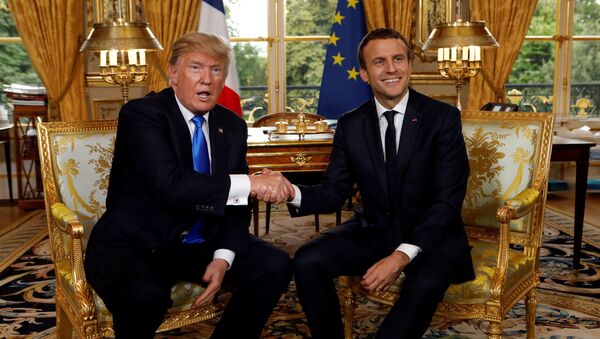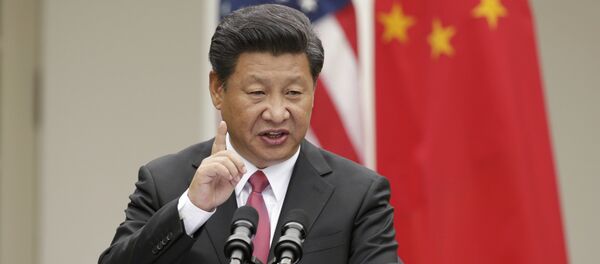“Donald Trump listened to me. He understood the course of my thoughts, particularly on the interdependence of the climate change and terrorism. He told me that he will try to find some kind of solution in the coming months. We discussed the conditions, which could allow him to return to the Paris agreement, in detail,” Macron told the newspaper on Saturday.
The French president said that he managed to establish friendly relations with the US counterpart as it is crucial for the successful development of bilateral ties.
“Yes, our counties are friends, that is why we should be them. We started to build relations with Trump on the basis of the best personal acquaintance. This is the beginning of a trustful relationship on a number of strategic issues, including on the disagreements,” Macron added.
The president underlined that one of his main goals during the recent Trump’s visit to France, which took place earlier in the week, was to show “strong France” and that is why he chose the restaurant at the Eiffel Tower for a dinner with the US president.
“One of the goals of the visit was to show the Americans and to the United States in general an image of stronger France and Paris. It is important, considering the decline in the touristic attraction in the light of last year’s terrorist attacks. That is why I chose the Eiffel Tower – to present an open and attractive image of Paris, of our country and of our economy, ” the French president told the newspaper.
Macron expressed hope that Trump’s perception of France has changed after the visit.
On Friday, the US president concluded his two-day visit to France, during which he visited the US embassy in Paris and held bilateral talks with Macron on global issues. Trump also took part in the celebration of Bastille Day, the French National Day.
The Paris climate agreement was adopted within the United Nations Framework Convention on Climate Change in December 2015 and came into force in November 2016. The accord has been signed by more than 190 countries and ratified by 153. As stipulated in the document, all parties should maintain the increase in average global temperature at below 2 degrees Celsius above pre-industrial levels by reducing greenhouse gas emissions.





